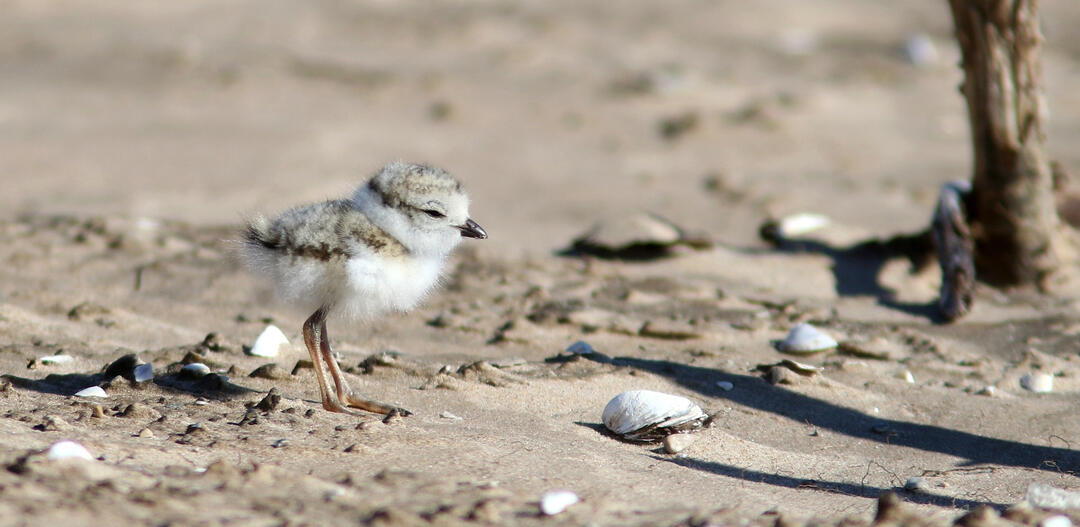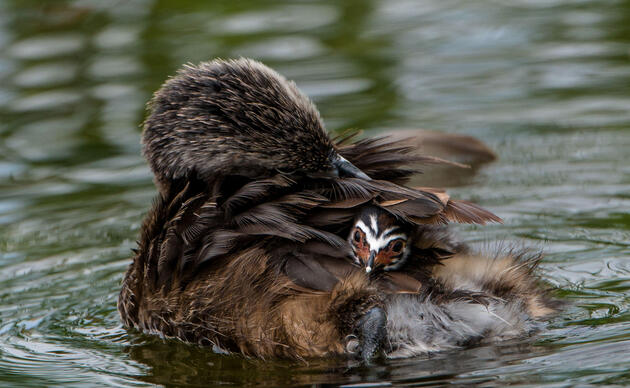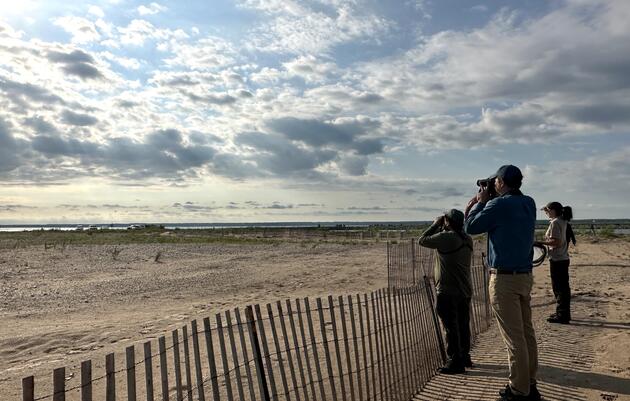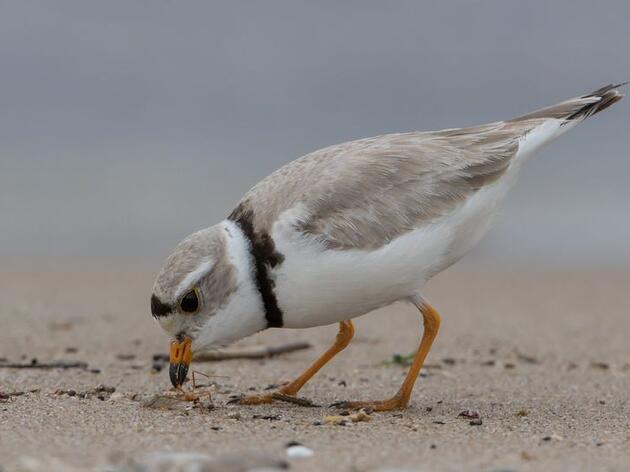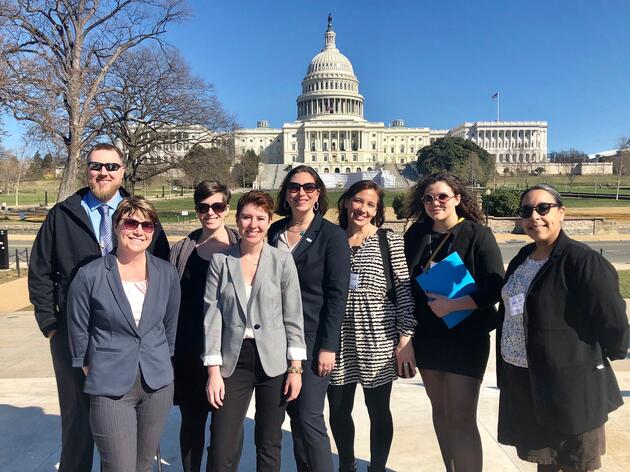Protecting Birds in the Green Bay Region
Green Bay is the largest freshwater estuary in the world and a refuge for Wisconsin birds. Throughout the region there are four Audubon Important Bird Areas (IBAs), which are recognized for providing the critically important habitat for marsh birds, migratory land birds, and vulnerable shorebirds.
Habitat fragmentation, forest clearing, degredation and a history of pollution has resulted in a massive loss of wetlands throughout the region. The remaining wetlands are critically important to the vulnerable marsh birds that depend on them. Nearly half of Lake Michigan’s high-priority coastal wetlands lie within the Green Bay region.
Audubon Great Lakes is monitoring the region's vulnerable birds, and is working with partners to assess the overall restoration potential within the region, which will inform our future wetland restoration work.
Working in the Areas Where Birds Need Us Most
Explore Audubon’s Vision: Restoring the Great Lakes for Birds and People to see Audubon's plans to address the biggest threats facing birds and people.
Our Conservation & Restoration Work
Since 2016, Great Lakes Piping Plovers have been nesting in the region. In 2022, Audubon Great Lakes launched a partnership with U.S. Fish & Wildlife Service (USFWS) to coordinate a team of monitors from USFWS, Wisconsin Department of Natural Resources, Univesity of Wisconsin-Green Bay and Northeast Wisconsin (NEW) Audubon who make daily observations to gather knowledge about these birds, to increase nest success and fledgling survival. Audubon Great Lakes also helps advocate for and educate the public about Piping Plovers in Northeast Wisconsin.
Audubon Great Lakes has also partnered with Oneida Nation and Northeast Wisconsin (NEW) Audubon Society to launch a collaborative bird survey across restored grassland and marshland sites on Oneida land to better understand how bird populations are rebounding. In 2021, volunteers counted 61 bird species, which demonstrates how the Tribe's restoration has paid off. In 2022, surveys expanded to grazed grasslands, woodlands, and shrublands.
Black Terns have an uncertain future in the Great Lakes region. Audubon Great Lakes is working to ensure our Great Lakes coastal areas play an important role in safeguarding critical breeding grounds for these elegant and distinctive terns. As part of a larger breeding Black Tern survey effort, 17 historic Black Tern breeding sites are being monitored in the Green Bay region, and Black Tern habitat enhancement is underway in partnership with Common Coast Research and Conservation and Shore-to-Shore Cooperative Invasive Species Management Area (CISMA).
Future restoration opportunities could include a focus on restoring the region’s natural hydrology, improving water quality, improving wetlands connectivity, expanding community involvement in local conservation, and maintaining and enhancing existing wetlands for the benefit of vulnerable marsh birds like the Yellow-headed Blackbird, Least Bittern and American Bittern.
History of the Region
Green Bay has historically supported an abundance of breeding marsh birds, breeding and migratory waterfowl, fish, and many other types of wildlife. Years of urbanization and pollution have degraded the region’s wetlands, particularly in the lower Green Bay area. These disturbances have facilitated the spread of invasive plants such as phragmites, reed canary grass, purple loosestrife, hybrid cattail, and glossy buckthorn in the past few decades. However, many areas of the bay are rebounding following restoration work that has targeted the management of invasive species.
Currently, the lower Green Bay region and its rivers, the Fox and East Rivers, are listed as an Environmental Protection Agency Area of Concern (AOC) due to a history of pollution from local agriculture and the pulp and paper industry.
In 2012, construction began for the Cat Island Restoration Project, a multi-partner habitat restoration project that has already added a significant amount of new habitat to the region for breeding and migratory bird species.
Project Partners & Supporters
Audubon Great Lakes is grateful to project partners and supporters who make our work possible.
Project Partners:
| University of Wisconsin–Green Bay | Oneida Nation |
| Lake-to-Lake CISMA | Common Coast Research and Conservation |
| Michigan Department of Natural Resources |
Supporters:
Audubon’s work in the Green Bay region is supported by U.S. Fish and Wildlife Service.
Our Projects in the Green Bay Region
Cat Island Restoration
The Cat Island Restoration Project is an ongoing habitat restoration project including Audubon Great Lakes and over 10 partners that are working together in lower Green Bay, Wisconsin.


